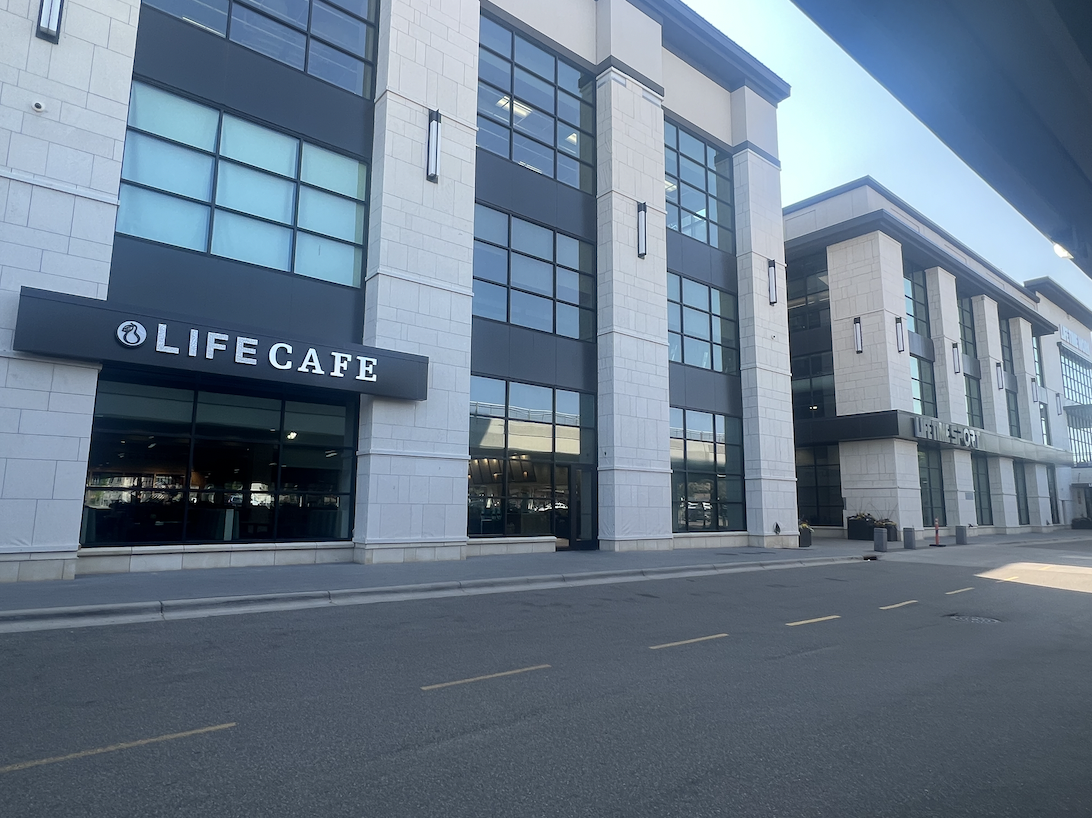With the quarter schedule, teachers are stressed, too
Due to the quarter schedule, both teachers and students find their workloads piling up.
January 22, 2021
Changing the original eight period school day into four periods has been a challenge for many people at BSM. Students face increased homework amounts in a shorter period of time while also learning virtually to accommodate the hybrid schedule. But behind the students’ workloads are the teachers’ workloads: increased, hectic, and unlike any school year ever seen before.
Condensing a full semester of content into one quarter has been a challenge for many students, but an even bigger challenge for the teachers. Due to the August announcement that BSM would be switching to a quarter schedule, teachers had to reconfigure their lesson plans to fit a slimmed down curriculum on very short notice. This meant English teachers cutting books out of the curriculum, math teachers teaching two lessons in one day, and much more homework all around. “The schedule doesn’t allow for [breaks] because every day has to matter in the quarter system,” English teacher Ms. Anne Marie Dominguez said.
Along with a condensed curriculum, teachers face complications with teaching students virtually. Having to teach both students in class and at home makes it more difficult to find lesson plans that will fit with each student, no matter their location. Teaching over Zoom makes it harder for students to stay engaged and learn everything as thoroughly as the students being taught in the classroom. “I feel as though I’m teaching more to my kids in front of me than I am to the kids online. So I feel stressed that the kids who are at home all the time aren’t getting what they need,” math teacher Mrs. Joanie Sauer said.
To combat teachers’ increased workload, the idea of asynchronous learning days was introduced. Instead of joining a live class on Zoom like students would on a virtual school day, students would simply log onto PowerSchool Learning to find their assignments for the day and complete them. This would give teachers a chance to plan more lessons, as they wouldn’t be in front of students, teaching them. Some teachers, like Dominguez and Sauer, were optimistic about the asynchronous learning days. However, some other teachers, like Mrs. Cherie Vroman, were concerned about the lack of face-to-face teaching. “For me as an AP teacher, I find it a bit stressful because I lose the in-person instruction, and a lot of students struggle to teach themselves material, and that’s what they have to do on an asynchronous day,” Vroman said.
Having to accommodate students online makes typical lesson plans trickier. For example, in Vroman’s AP Human Geography class, students would arrange candy on their desks to learn the difference between crucial terms for the class. But because of Covid-19, a lesson like that wasn’t possible. As a result, the students arranged photos of the candy virtually on a Google Slide. This was not as enjoyable for the students, and technology complications took away from the lesson. Having to adapt creative lesson plans were challenges for many other teachers as well. “I find that for myself as a teacher, it’s hard for me to come up with creative and new ideas,” Sauer said.
It’s hard for me to come up with creative and new ideas.
— Joanie Sauer
Increased workload for teachers has resulted in increased workload for students. Because there is more information to be covered in a smaller amount of time, students have to do more homework in order to keep up with the shorter quarter. This increased homework puts pressure on students, as they try to keep up with their workload, and puts pressure on teachers, as more homework means more assignments to grade. “So [with] what you want to get accomplished, I think there’s maybe more consistent homework. Like, every night,” Dominguez said.
A survey conducted showed that 71% of 95 students surveyed said that the increased workload has proved to be more stressful than past years with different schedules. Students are constantly doing homework with more and more continually piling up in an effort to not fall behind in the short quarter. On top of that, balancing virtual days and in person days adds to students’ stress levels. Increased homework, hybrid schedules, and the overall uncertainty of schooling amidst a pandemic equates to stressed out teachers and students. “I think of [this school year] as treading water; that we’re all just trying to keep our heads above water right now because of so many other things going on,” Sauer said.
Although BSM’s new schedule leads to increased workloads and increased stress, many are thankful to be back in school for at least part of the week. The opportunity of a hybrid schedule lets students be with other students and connect with their teachers face-to-face. “I think [the hybrid schedule] is stressful for all teachers, but I think comparatively speaking, I’m grateful I’m here versus elsewhere,” Vroman said.

























































